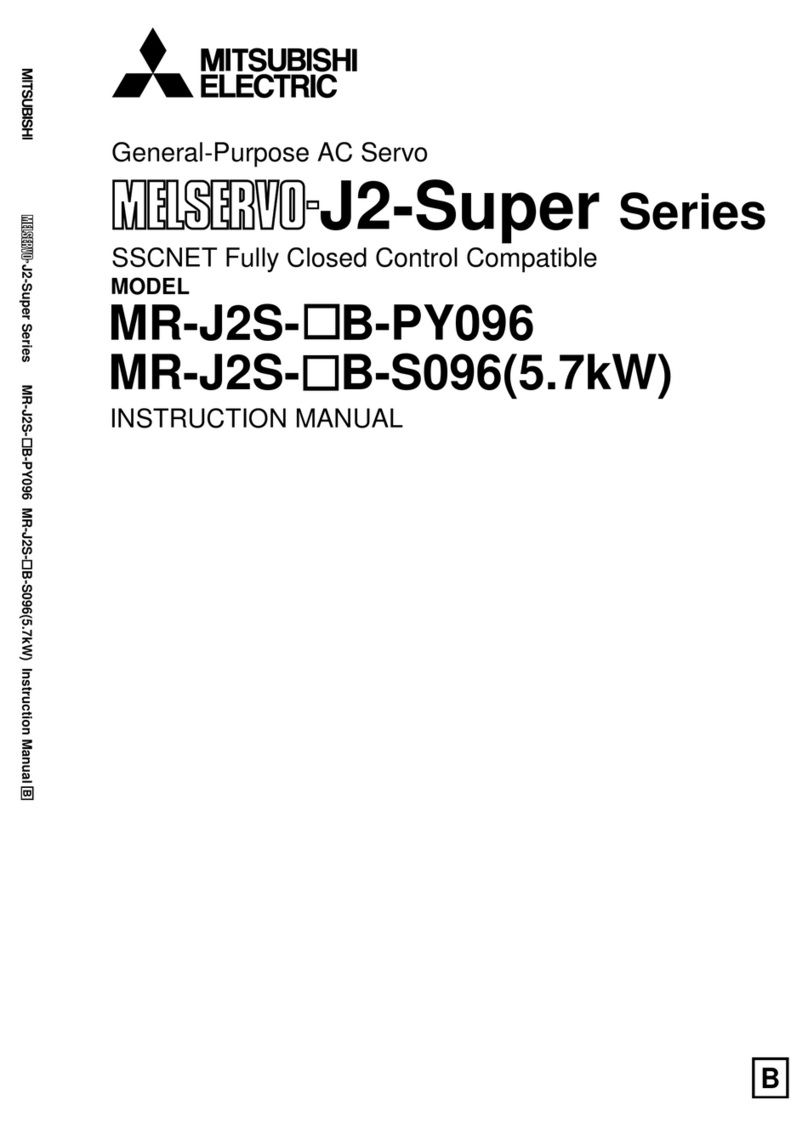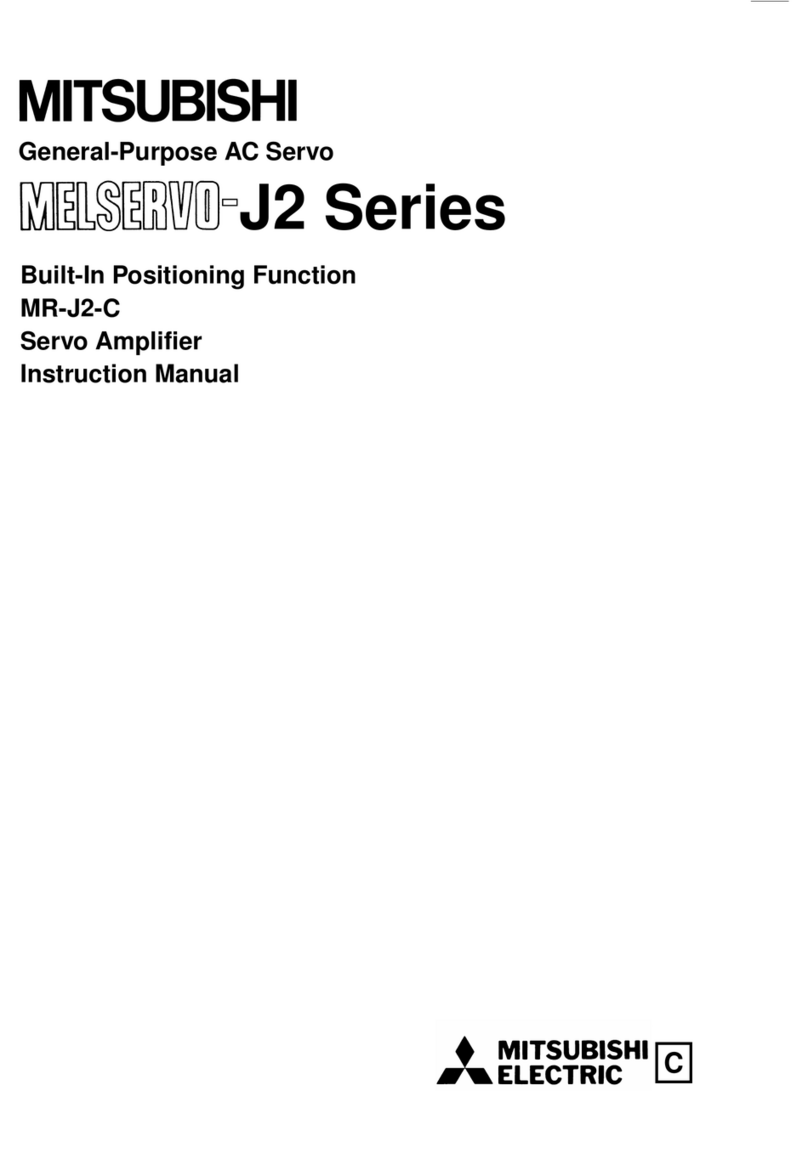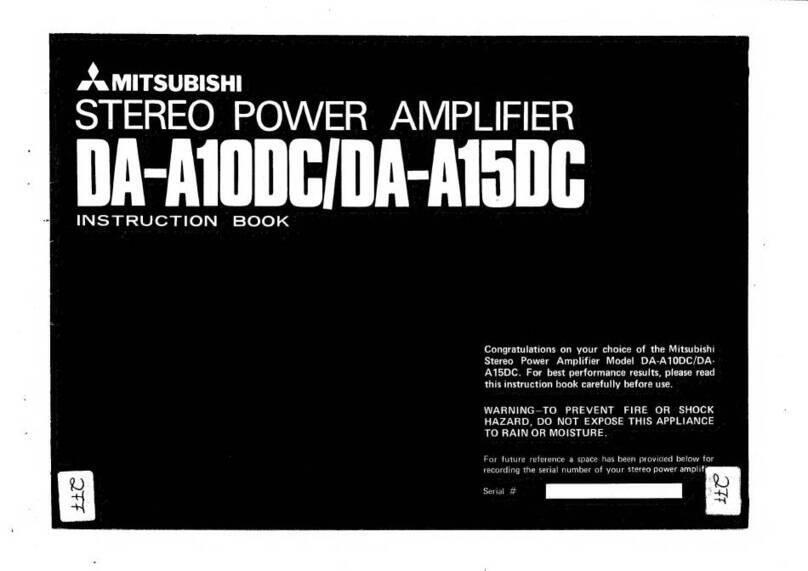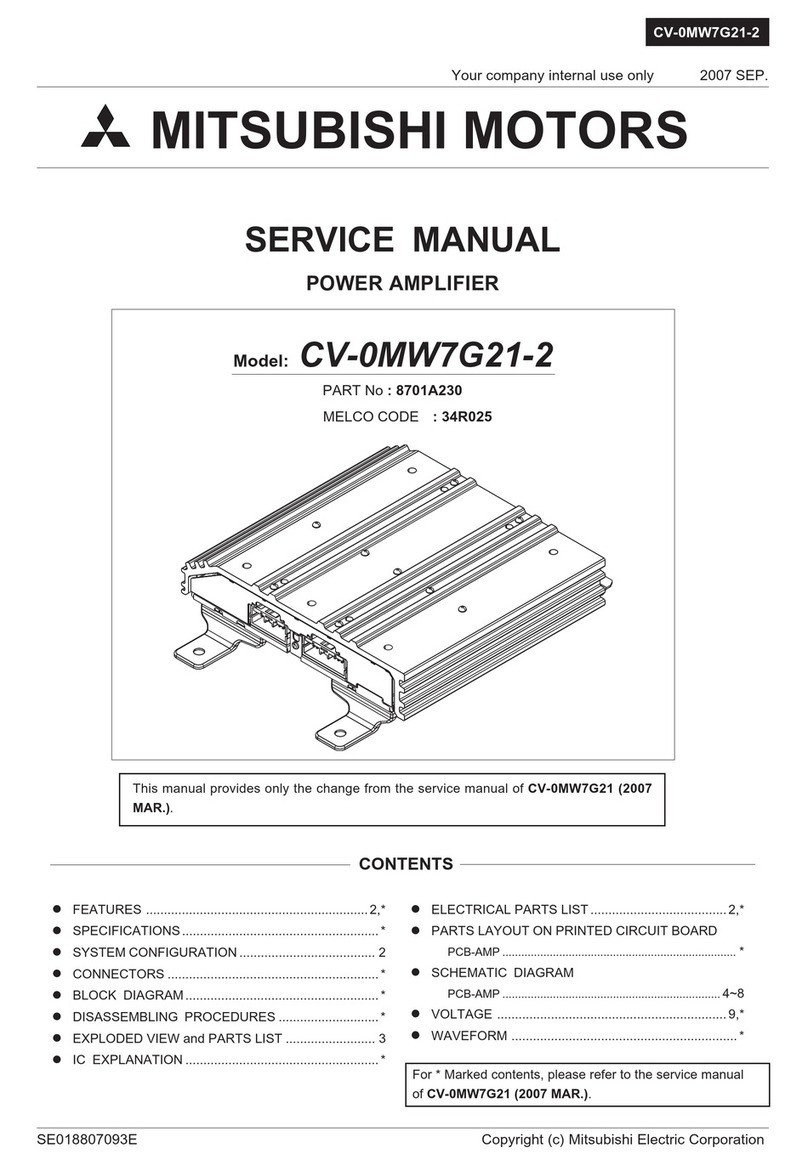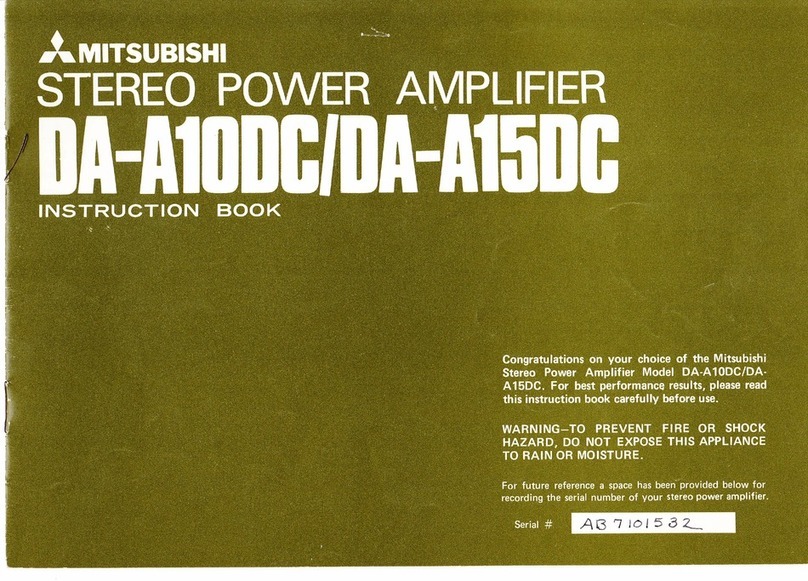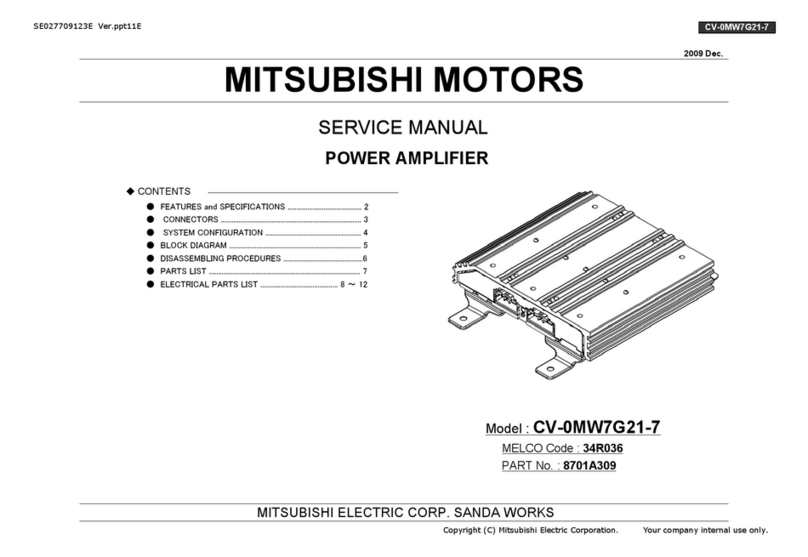
14. SELECTOR (lnput Selection Switch)
This switch selects the desired program source.
PHONO lVlC This position is used for playing a
disc on the turntable equipped with a
MC (moving coil) cartridge and con-
nected to the PHONO MC inputs.
PHONO MM This position is used for playing a disc
on the turntable equipped with a l\,4M
(moving magnet) cartridge and con-
nected to the PHONO MM inputs.
TUNER For listening to programs on the AN,4/
FN,4 tuner.
AUX for playing a second tuner tur,lrable
with a high output ceramic cartridge,
tape deck for playback use, television
audio, or any suitable high output
sources connected to the AUX inputs.
15. ATTENUATOR (Volume Control)
This control adjusts the sound volume from the
speakers and the headphones. The volume is in-
creased by rotating clockwise, and decreased by
rotati ng countercl ockwise.
16. TREBLE (R & L) (Treble Controls)
These controls vary the sound level of the high
frequency range on the right and left channels.
lVoving clockwise from "0" increases treble, while
movinq counterclockwise from "0" attenuates
treble. Each step of these controls precisely adjusts
the treble at 2dB. Select the best positions to suit
the characteristics of your speakers and listening
room, or personal preference. At the "0" position, a
flat frequency respolse is obtained.
17. BASS (R & L) (Bass Controls)
These controls vary the sound level of the low
frequency range on the right and left channels.
l\loving clockwise from "0" increases bass while
moving counterclockwise from "0" attenuates
bass. Each step of these controls precisely adjusts
the bass at 2dB. Select the best positions to suit
the characteristics of your speakers and listening
room, or personal preference. At the "0" position,
a flat frequency response is obtained.
18. TONE (R & L) (Tone Defeat Switches)
This switch is used for cancelling the TREBLE and
BASS controls on the rioht and left channels.
Both TREBLE and BASS controls can
be adjusted.
ln this position, TREBLE and BASS
controls are removed from the siqnal
path and a flat trequency response is
obtained.
21. POWER (Power Srvitch)
This switch is for turning this unit on and off. When
in the ON position, the faces (SlcNAL, TUNING,
dial scale) are iiluminated.
22. SPEAKERS/OUTPUT (Speaker Selection
Switches)
When using the companion power amplifier (DA,
A'ioDC. DA'A1sDC), the speakers connected to the
power amplifier may be controlled with these
switches. The "speaker control cable" supplied with
the power amplifier must be connected, to utilize
these switches.
AB
t r For listening with headphones. Preamp"
lifier outputs are off and no sound will be
produced from the speakers.
^ I For listening to the speakers connected to
the A terminals on the power amplifier.
L r For listening to the ipeakers connected to
the B terminals on the power amplifier.
.- ^ For listening to the speakers connected to
both A and B terminals on the power am-
plifier.
23. LOCK (Lock lndicator)
This indicator lights up when a FlVl broadcast is
being received and tune in to the center of the
TUNING meter. This indicator does not work for
AN4 reception.
ON
D EFEAT
19. OUTPUT LEVEL (R & L) (Output Levet
Controls)
Moving these controls counterclockwise from their
"0" position reduces the volume of the right and
left channels. They are normally kept in the ,,0"
position or may be adjusted to any level in between.
20. PHONES (Headphone Ourputl
For stereo listening with headphones. plug the
headphgnes into this output. Listening by head-
phones is possible at all positions of theSPEAKEBS/
OUTPUT switches-


